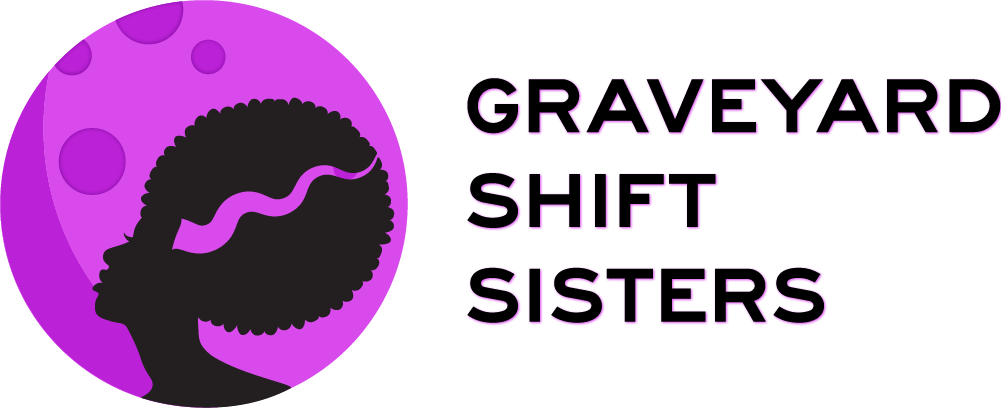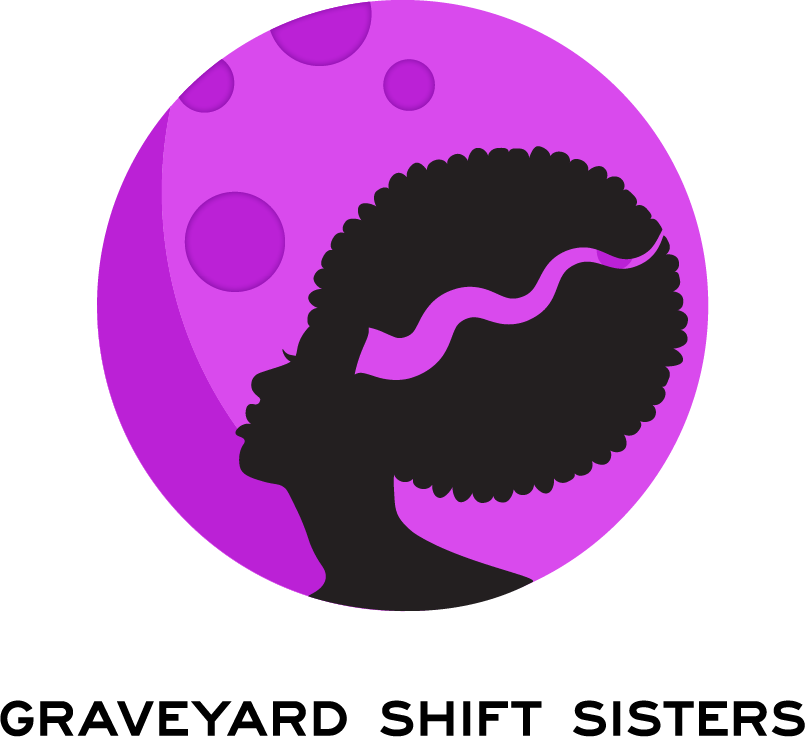Horror Blackademics: Folklore & Hardcore, Deconstructing Tales from the Hood
The Journal of American Folklore, Vol. 115, No. 457/458 (Summer/Autumn 2002)
Thesis: As director and co-screenwriter of the horror anthology Tales from the Hood (1995), Rusty Cundieff is responsible for dismantling strict, binary gender depictions in popular culture through his use of specific aspects of African American folklore stories which complicate narrow, harmful views of Black men in American society.
Synopsis: Tales from the Hood is an anthology horror film in the likeness of the original Tales from the Crypt (1972) movie. The wraparound story follows three young men who arrive at a funeral home run by Mr. Simms in order to pick up a supply of drugs. Mr. Simms leads the men throughout the home, coming across relics and bodies that all have chilling stories; police corruption/brutality and the vengeful undead ("Rogue Cop Revelation"), domestic abuse and the magic to destroy its form ("Boys Do Get Bruised"), a racist politician is spooked by the souls of enslaved Africans living inside of dolls ("KKK Comeuppance"), and a serial killer's chance at redemption in purgatory ("Hard-Core Convert").
Key Terms:
African American/Black folklore - an extension of folklore with specifically consistent themes that emphasize morality in the ways of responsibility to a community, "the weak overcoming the strong", the importance, influence, and reverence for the wisdom from elders which commonly means "survival and community solidarity". These are tenets to keeping the Black community connected to their African roots as well as a way to culturally thrive and persevere.
What makes Tales from the Hood a film that relies on folklore?
The Trickster - clever, ingenious, relying on the appearance as inferior but is commonly much clever than imagined
Miss Cobbs in the rocking chair (Christina Cundieff), who made the dolls to protect the spirits of tortured, enslaved Africans appears as a real apparition at the end of the "KKK Comeuppance" segment.
Martin Moorehouse (Tom Wright) seeks revenge for the cops who killed and framed him.
Gender in Tales from the Hood
"Tales attempts to dismantle gender role stereotyping with two examples of alternative representations of African American women."
Miss Cobbs (Christina Cundieff), "voodoo priestess" in "KKK Comeuppance"
Dr. Cushing (Rosalind Cash), "mad scientist" in "Hard-Core Convert" (below)
"Dr. Cushing's role in medicine and psychiatric (and perhaps divine) intervention echoes the role played by female conjurers and medicine women who, in folk culture, attempt to restore health and balance in their communities."
Neither character fits within the binary of "normal/monstrous" according to Fulmer because the folkloric elements used complicates the matters that each women are active in.
Fulmer notes the "sexist" appearance of both Paula Jai Parker's character Sissy in "Boys Do Get Bruised" and the "nurses" that assist Dr. Cushing by their solely seductive mannerisms and provocative clothing (or lack thereof). Tales is not without issues of underdevelopment where women are concerned.
"Another way of looking at masculinity"
Richard (Rusty Cundieff) the school teacher in "Boys Do Get Bruised"
Richard is attentive, responsible, gentle, and brave in the face of confronting Carl The Monster (David Allen Grier). "African American masculinity, in the instance, is not treated separately from the concept of a responsible member of a community, looking out for one of its children."
Tales from the Hood critiques men who wield economic and physical power that harms others through humiliation, punishment, and death.
Carl The Monster is defeated by the physically smallest person subjected to his abuse, Walter through Walter's charmed object.
Additional Considerations:
"Tales attempts to dismantle gender role stereotyping with two examples of alternative representations of African American women."
Miss Cobbs (Christina Cundieff), "voodoo priestess" in "KKK Comeuppance"
Dr. Cushing (Rosalind Cash), "mad scientist" in "Hard-Core Convert" (below)
"Dr. Cushing's role in medicine and psychiatric (and perhaps divine) intervention echoes the role played by female conjurers and medicine women who, in folk culture, attempt to restore health and balance in their communities."
Neither character fits within the binary of "normal/monstrous" according to Fulmer because the folkloric elements used complicates the matters that each women are active in.
Fulmer notes the "sexist" appearance of both Paula Jai Parker's character Sissy in "Boys Do Get Bruised" and the "nurses" that assist Dr. Cushing by their solely seductive mannerisms and provocative clothing (or lack thereof). Tales is not without issues of underdevelopment where women are concerned.
"Another way of looking at masculinity"
Richard (Rusty Cundieff) the school teacher in "Boys Do Get Bruised"
Tales from the Hood critiques men who wield economic and physical power that harms others through humiliation, punishment, and death.
Carl The Monster is defeated by the physically smallest person subjected to his abuse, Walter through Walter's charmed object.
"The benefits of folklore for communities under duress partially explains how Cundieff's production values separate Tales from the Hood from other horror movies. The tales address real tensions, from within and without, faced by some African American communities. Because horror can operate in a folkloric mode, Tales can successfully play out issues of race and gender."
- The characters who are systemically depicted as being in a "lesser" position of more "legitimate" villains who, by society's inequitable standards, are given carte blanche to enforce their villainry. They warn villains about their actions and later, suffer destruction.
- The compassionate, concerned, and "quick-witted" are the "winners" by virtue of their character and their subversion of the idea that brute masculinity constitutes success and prosperity.
- Tales from the Hood re-considers notions of power by who we identify as the protagonists ("the good guys" so to speak) within each segment.
- The interwoven emphasis on community throughout Tales from the Hood takes the personal and universalizes one's reality as a greater part of a social concern.
Discussion Questions:
Fulmer points out the "hegemonic notions" of power and the ways in which they're critiqued in Tales from the Hood. Who in our society signifies power and how does the film help us, through the fantastical, navigate a broader consideration for our discussions around the concept of power?
As Fulmer makes note of Black male representation in horror films from her example uses of two extremes; the heroics of Ben in Night Of The Living Dead and the monstrosity of Candyman, what are some other examples throughout the history of horror cinema that adhere to the author's argument? Does a trend exist? [Make a list of these extremes and maybe a middle column where certain characters can't be boxed]
Tales from the Hood is representative of the "black film aesthetic". What examples does Fulmer use based on the definition in the article?
How do women in Tales from the Hood make one-dimensional labels such as "mad scientist" or "voodoo priestess" more layered? Further, how does the film simultaneously, reinforce sexist expectations of women when considering all of the women that make an appearance?
Why do you believe horror is one of the best genre's to demonstrate a divorce from re-inscription of gender stereotypes? Why not?

